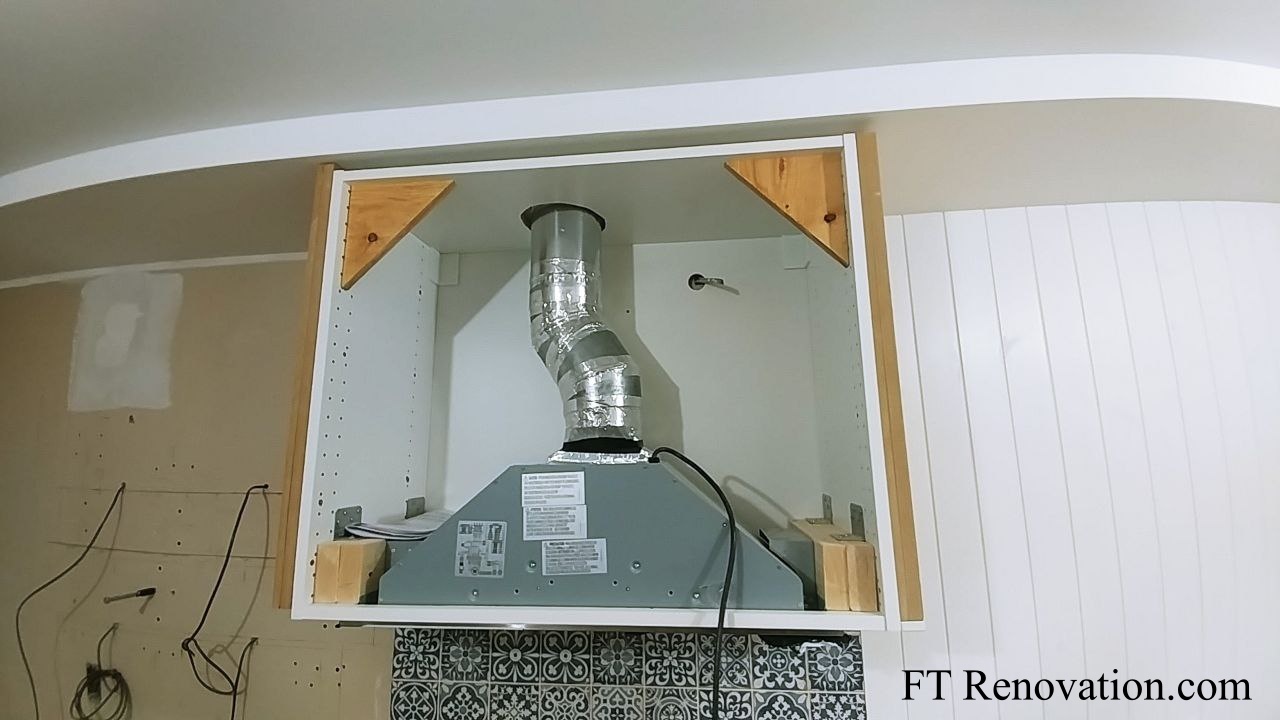Range Hood Fans: A Guide to Choosing the Right One
When it comes to cooking, a good range hood fan can be a game-changer. Not only does it help remove odors and moisture from the air, but it also improves ventilation and reduces the risk of fire hazards. With so many options available in the market, choosing the right type of range hood fan can be overwhelming. In this article, we’ll explore different types of range hood fans, their pros and cons, to help you make an informed decision.
1. Traditional Range Hood Fans
These are the most common type of range hood fans, typically installed above a cooktop or stove. They usually come with a fixed blade design and are powered by electricity.
Pros:
- Effective at removing smoke, grease, and moisture from the air
- Can be installed in existing kitchens with minimal renovation required
- Generally affordable
Cons:
- Limited airflow capacity, which may not be sufficient for larger kitchens
- Noisy operation can be a drawback for some users
- May require more frequent cleaning due to complex design
2. Downdraft Range Hood Fans
Downdraft range hood fans are designed to pull air downwards through a chimney-like system, rather than blowing it upwards like traditional fans.
Pros:
- Can handle high-volume airflow requirements, making them suitable for large kitchens
- Sleek and compact design can be integrated into kitchen islands or countertops
- Quiet operation due to the down-draft design
Cons:
- Requires more complex installation and plumbing compared to traditional fans
- May not be as effective at removing moisture from the air
- Can be more expensive than traditional fans
3. Under-Cabinet Range Hood Fans
These fans are designed to fit under kitchen cabinets, providing a sleek and minimalist look.
Pros:
- Space-saving design that can fit into tight spaces
- Easy installation process
- Affordable price point compared to downdraft fans
Cons:
- Limited airflow capacity due to compact design
- May not be as effective at removing grease and moisture from the air
- Can be noisy operation-wise
4. Island Range Hood Fans
Island range hood fans are designed for kitchens with islands or peninsulas, providing a stylish and functional ventilation solution.
Pros:
- Sleek design that complements kitchen islands or peninsulas
- Can handle high-volume airflow requirements
- Quiet operation due to the down-draft design
Cons:
- Requires more complex installation and plumbing compared to traditional fans
- May not be as effective at removing moisture from the air
- Can be more expensive than traditional fans
5. Smart Range Hood Fans
Smart range hood fans come equipped with advanced features like Wi-Fi connectivity, touchless controls, and air quality sensors.
Pros:
- Advanced features that provide improved ventilation and air quality monitoring
- Sleek and modern design that complements high-tech kitchens
- Easy installation process
Cons:
- Higher price point compared to traditional fans
- May require more complex wiring and plumbing installation
- Some users may find the advanced features unnecessary or overwhelming
Conclusion
When choosing a range hood fan, it’s essential to consider your kitchen’s specific needs, including airflow requirements, space constraints, and budget. By understanding the pros and cons of different types of range hood fans, you can make an informed decision that suits your cooking style and lifestyle. Whether you’re looking for a traditional, downdraft, under-cabinet, island, or smart fan, there’s a perfect solution out there for you.

